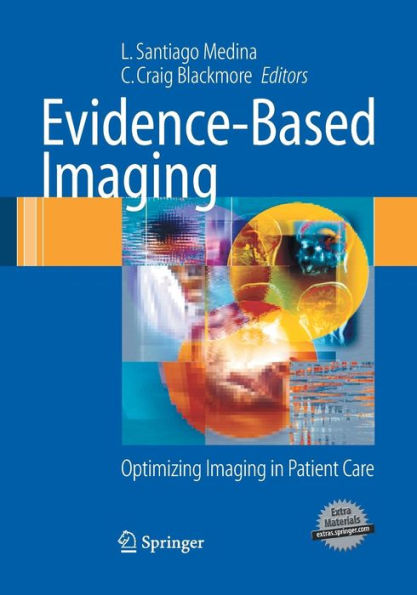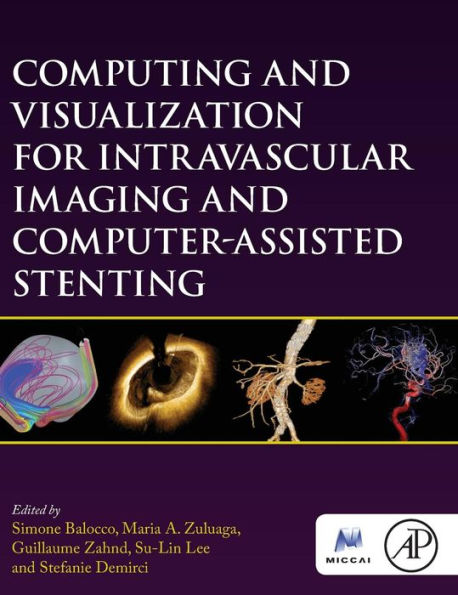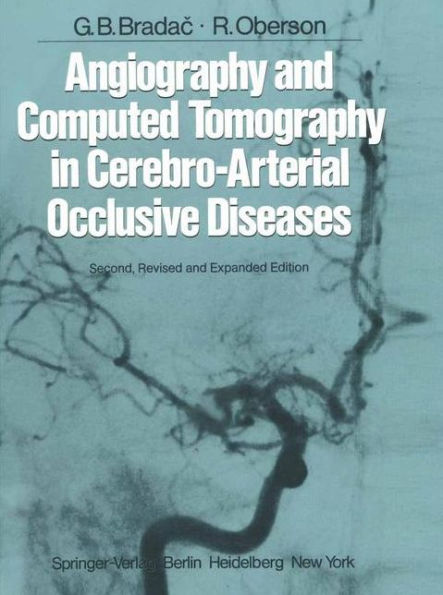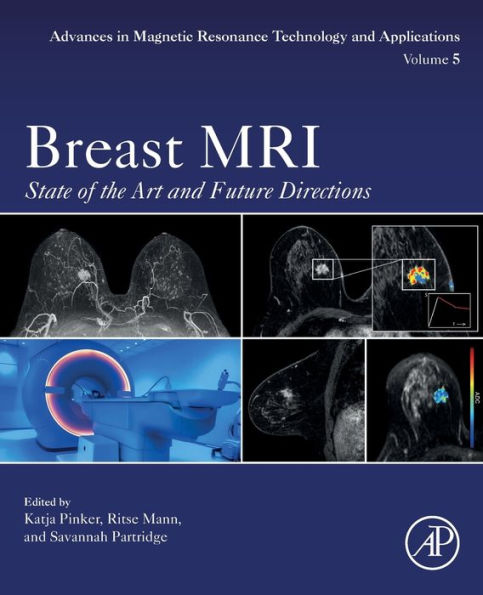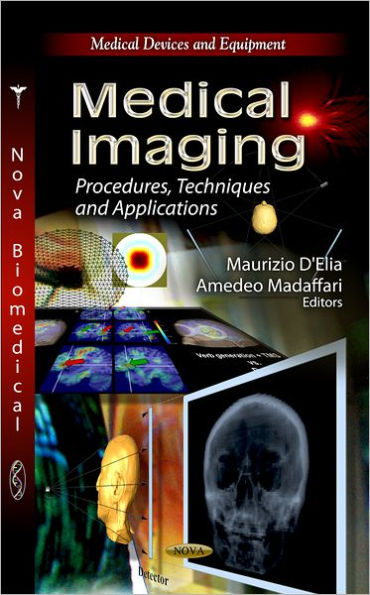Home
State-Of-The-Art Imaging in Stroke
Loading Inventory...
Barnes and Noble
State-Of-The-Art Imaging in Stroke
Current price: $215.00
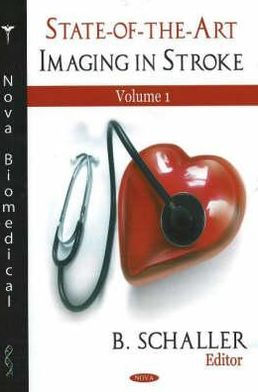

Barnes and Noble
State-Of-The-Art Imaging in Stroke
Current price: $215.00
Loading Inventory...
Size: OS
*Product Information may vary - to confirm product availability, pricing, and additional information please contact Barnes and Noble
Stroke represents a clinical syndrome of rapid onset of focal or sometimes global cerebral deficit with a vascular cause, lasting more than 24 hours or leading to death. Eighty per cent of all strokes are ischemic, 15% are due to intracerebral hemorrhage, and 5% to subarachnoid hemorrhage. Correct diagnosis is important because treatment options for ischemic stroke may be contraindicated in case of intracerebral hemorrhage. Such exact diagnosis requires state-of-the-art imaging of the brain. But which kind of imaging, how quickly should it be done, should this include imaging of cerebral blood flow, and what is the most cost effective approach? Answering these questions may help to further narrow the gap between experimental and clinical research as well may substantially improve the patient's care. In addition, there is growing interest in visualizing the pathophysiological cascade of stroke by state-of-the-art imaging techniques. Current investigators are seeking alternate protocols, biological markers, and criteria for therapy of acute ischemic stroke, some of which are based on imaging of the purported ischemic core and penumbra in the brain. Such state-of-the-art imaging in acute stroke patients can be effective on 6 different levels: (i) it will reduce health care costs, if it prevents disability and death of stroke victims; (ii) brain imaging will improve the clinical outcome of stroke patients, if it identifies the patients who benefit form specific treatment; (iii) to identify these patients, brain imaging must provide relevant information that is unavailable from other sources for the appropriate choice of treatment; (iv) this could be brain images that allow the exclusion of brain hemorrhage and other diseases that mimic ischemic stroke, and allow assessment of ischemic edema and perfusion disturbances, mass effect, arterial wall pathology, and obstruction; (v) The imaging modality should be sensitive and specific for

